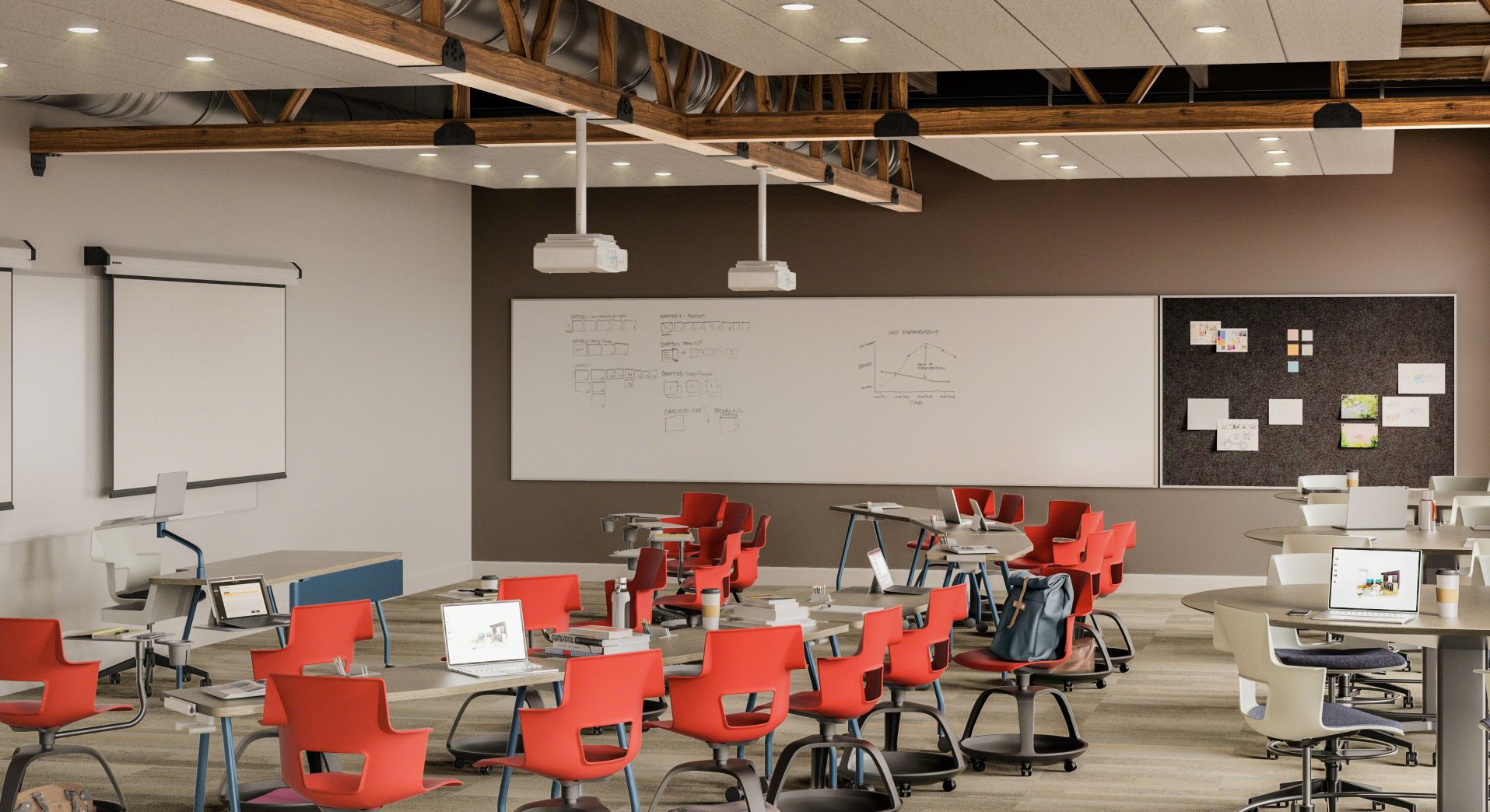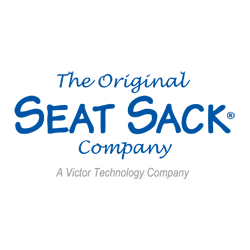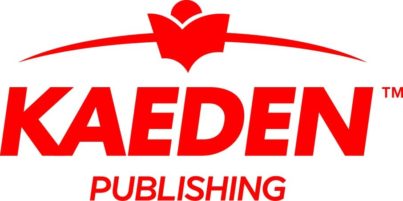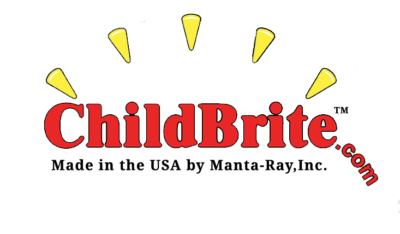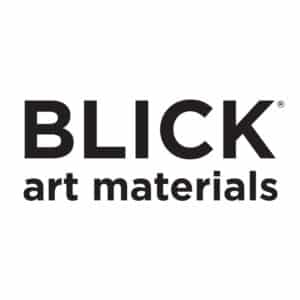Choosing the best writing surface for your school or classroom can feel overwhelming. It’s a decision that requires both significant investment and consideration, because the surface used can either enhance or detract from the education experience for teachers and students alike.
That’s why it’s important to understand the benefits and drawbacks of each surface type available, and then determine which surface meets the greatest number of needs for you.
Let’s take it to the whiteboard.
What are your options?
- Whiteboard paint is a high-gloss paint containing an epoxy additive, which dries to an erasable surface.
- Melamine and laminates are a soft resin or plastic sheet affixed to a substrate.
- Painted steel is a steel sheet painted with a high-gloss, epoxy-based paint.
- Glassboards are tempered glass with a colored backing. They can come with or without a magnetic surface attached.
- CeramicSteel is a vitreous (aka glass-derived) enamel fused to steel to create a surface that is smooth, magnetic and resistant to stains, scratches, bacteria and fire.
Erasability + Gloss
Superior writability begins with a smooth surface. CeramicSteel offers a glass-like writing plane from end-to-end. When whiteboard paint is applied to a smooth, flat surface it reveals an “orange peel,” or bumpy texture despite its application with a smooth paint roller. This bumpy effect can also be found on melamine surfaces. On the other hand, painted steel, glassboards and CeramicSteel all offer a smooth, even surface.
Why is a smooth surface important? If a surface has texture or is porous, dry erase markers will deposit ink and residue. Over time, this stains the writing surface and renders it useless. Dirty, stained whiteboards not only look unappealing, but can detract from the important content they are trying to convey. Uneven glossy surfaces also reflect light unevenly, so their projection capabilities are significantly lower than smooth surfaces.
As a non-porous surface made of inorganic material, CeramicSteel will not absorb ink, no matter if it is from dry erase or permanent marker. This means CeramicSteel writing surfaces will not “ghost” or stain. Dry erase marker ink can be wiped easily from the surface with a dry cloth or standard eraser, while pen ink, semi-permanent and permanent marker can be removed with a solvent-based cleaner.
Surface Hardness
The definition of surface hardness is how strong or resistant to wear a surface is. CeramicSteel is a porcelain enamel and is as hard as glass but won’t shatter. Painted steel is more durable than melamine. While melamine will dent and break, painted steel is more easily scratched, the painted surface giving way to bumps and scrapes. Similarly, whiteboard paint is only as hard as the surface it is painted on. Damage and stains will happen more easily on a painted surface, just like any painted wall.
Magnetic Capability
Useful for posting bulletins and announcements, a surface with functional magnetic capabilities is sought after in the market. The magnetic nature of CeramicSteel is evident in the name. As a vitreous enamel fused to steel, CeramicSteel is a surface with high-powered magnetism. Painted steel is also highly magnetic, with only a thin layer of paint between magnet and steel.
Glassboards, however, are not inherently magnetic. They require the application of a magnetic backer and are often more expensive than standard, non-magnetic glassboards. The result is a weak magnetic strength because of the glass thickness. Expensive rare earth magnets are required for use on these magnetic glassboards.
Whiteboard paint isn’t always magnetic, either. Magnetic paint must be applied first before adding the whiteboard paint to create a magnetic surface. Melamine whiteboards are typically never magnetic. While offering magnetic capabilities is not at the center of a quality writing surface, it does enhance the value and functionality of the product.
Life Span
The longevity of an investment is always something to consider. It’s necessary to understand the expected life span of your whiteboard options before making a decision. Melamine, whiteboard paint, and painted steel whiteboards typically last two to five years with normal use. This means light daily use with daily cleaning and does not take into consideration any heavy use or abuse whiteboards sometimes endure. Glassboards, under normal circumstances, should last 30 to 50 years. Impact should be avoided, however. CeramicSteel is guaranteed to last more than 50 years and is accompanied by a surface warranty.
Installation
The process for installing CeramicSteel and painted steel whiteboards is as straightforward as hanging a picture. Arrange the mounting brackets where you would like the board to go, mark the holes and drill, hang the brackets and mount the board. This is a two-person process for classroom-sized whiteboards, but a simple one.
Glassboards are much heavier than other whiteboard options, with a greater risk of damage. They require more installers, and their installation can be more complicated depending on the board you choose.
Whiteboard paint requires wall preparation including painting, sanding and cleaning. Once this is complete, the two-part paint requires mixing. The paint itself often has a strong odor, and proper ventilation is recommended. After the paint has been mixed, it should be rolled onto the prepared surface with a lint-free roller. Two or more coats are usually required for enough coverage. When the right look is achieved, a minimum of 24 hours is required for the paint to cure before use.
Making a Decision
Whether it’s for the classroom, the faculty room or the office, you want your whiteboard to do its job well. Provide clean, crisp contrast for easy readability, low glare to minimalize eye strain, and communicate your message effectively for years.
This article is courtesy of PolyVision, www.polyvision.com. As a leading manufacturer of CeramicSteel surfaces, PolyVision, a Steelcase company, is committed to producing durable and sustainable CeramicSteel surfaces fit for demanding environments.


